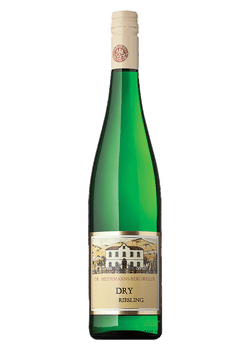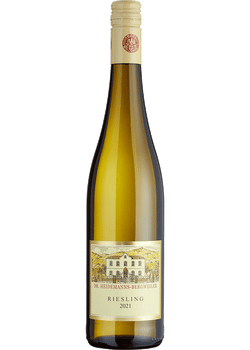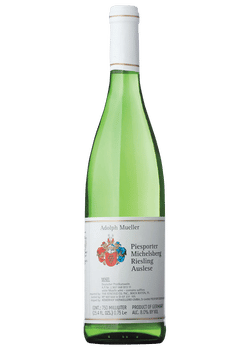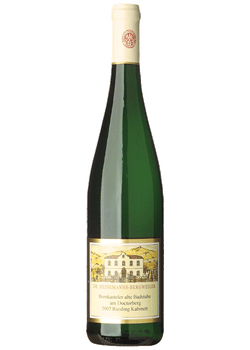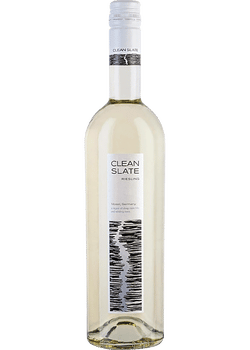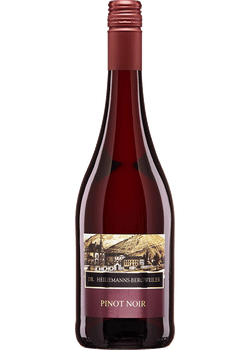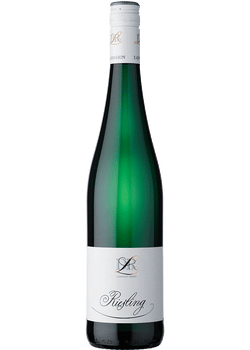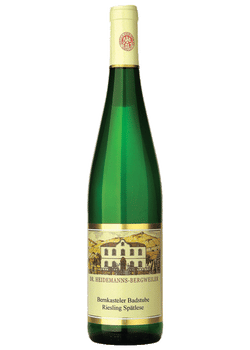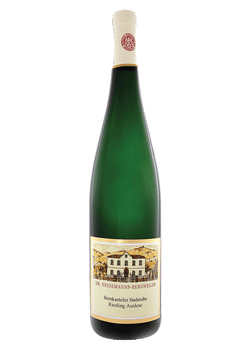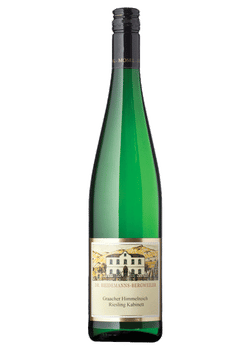The Mosel River twists and turns through the German wine region formerly known as Mosel-Saar-Ruwer, now simply the Mosel. The region includes the river’s two small tributaries, the Saar and the Ruwer. The best Mosel wines come from the mineral-rich, slatey slopes of the valley, and are made from Riesling.
The Mosel’s location at the northern edge of viable grape-growing territory means that vineyard location is key. Grapes have their best chance along the south-facing slopes, where the sun shines brightly and is also reflected up off the surface of the river. The river banks rise as sharply as 70 degrees, making the vines notoriously difficult to tend.
The styles of Mosel Rieslings vary from site to site around the region, but are generally light-bodied and aromatic with zesty acidity, occasionally enhanced by mild effervescence. These wines are best enjoyed young and fresh, though very sweet, late-harvest wines from the Mosel can benefit from aging.
Pronunciation
[moh-ZUHL]
